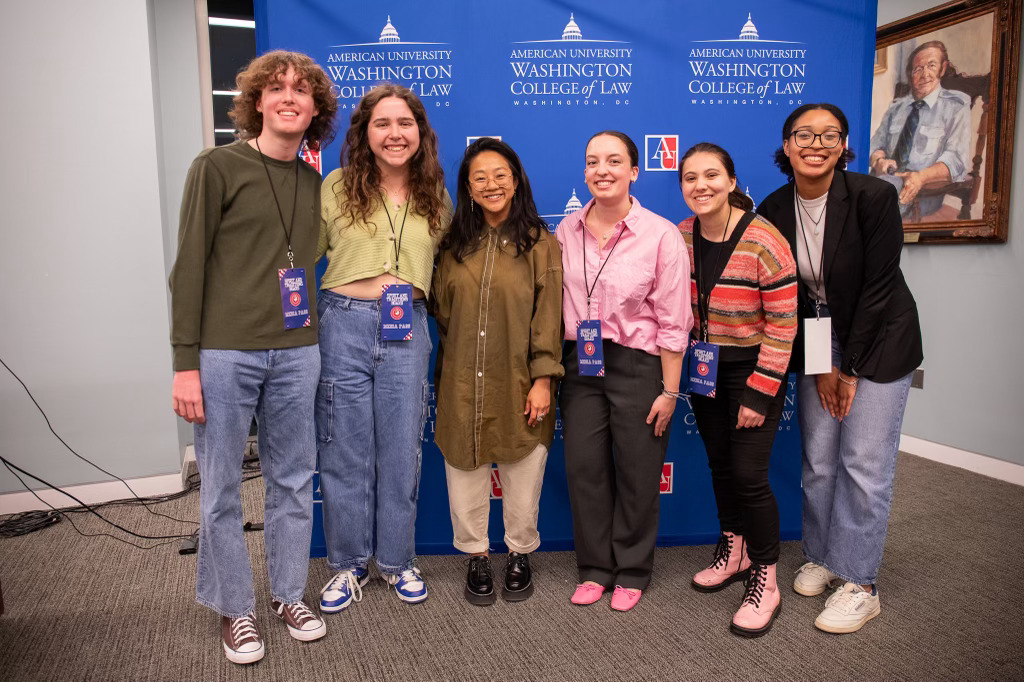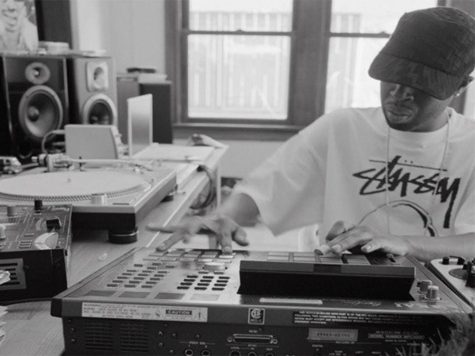Label Fables: Merge Records
November 14, 2011
Merge Records – “The indie label that got big and stayed small.” While many indie record labels strive for the “we’re doing our best” mentality (Fat Possum comes to mind), Merge seeks perfection. But does their quest for Billboard ranks and Grammys stray away from the indie sub-culture?
It’s hard to consider a label independent, at least in the sense of obscurity, when it features the Grammy winners Arcade Fire and the Top Ten-charting band, Spoon. But the sound is where it counts, and the direction of this label is unorthodox in terms of other competitors.
The beginnings of Merge matches up with that of many other indie labels: in a bedroom, where a couple of 20-something-year-olds pledged a simple mission statement to make good music. Laura Ballance and Mac McCaughan started the label solely to produce music for their band, Superchunk. Early on, Merge served just an easy way to release their and their friends’ music, but has now expanded to multiple genres, bands, and nations.
In 1996, Merge had to borrow money from their first project Superchunk in order to release albums from late 90’s rising indie rock bands like Verbena, Butterglory, and a little project called Neutral Milk Hotel. Still promoting lead singer Mangum’s two albums, Merge continues to relate to the web 1.0 era of face-to-face communication, which is attributed to the success of Neutral Milk Hotel’s first album.
The beginning of this century showed continued promise for this 90’s label. Merge’s first album to reach the USA Billboard 200 was Arcade Fire’s first full-length, “Funeral.” Not only did this album receive marginal attention in Billboard’s arena, but it also achieved commercial success in the independent community. “Funeral” not only put Arcade Fire on the list of bands to watch, but it also placed Merge into the national scene. Recently, the Arcade Fire success story has seemed to overshadow the other bands in Merge. For example, the Canadian indie-pop band, Destroyer, continues to release notable albums in almost every year since 1996, and recently released “Kaputt” that keeps up with Dan Bejar’s unusual light-jazz style.
Currently, Merge’s roster is heavy in the modern folk section, featuring a prominent line-up that includes She & Him, M. Ward, Mountain Goats, and Wye Oak, with each band offering something different. She & Him released both “Volumes” under Merge, with help from various Bright Eyes members (Rachel Blumberg, Mike Mogis) as well as M. Ward himself. Conor Oberst remains an active member of Merge, touring with his Mystic Valley Band. This cooperation shows the ties between record labels – Oberst himself is a founding member of Saddle Creek – as well as displays how labels love to keep the creativity within the company.
Mountain Goats frontman John Darnielle produces a passionate, folk, “bi-fi” mix of traditional lyrics and varied instruments which has morphed from a solo project, to a full band, and back again. He, just like most bands under Merge, has been producing music that spans over two decades. And while many of the band members on Merge are in their early forties, there is also promise for a more youthful sound. Wye Oak represents this category well. Their new twist on folk placed them above many with their 2011 release, Civilian. Telekinesis is another youthful, power-pop band from Seattle that released their first album in 2009 under Merge. Since then they’ve released two albums, both receiving acclaim for their relaxed hooks and energetic sound.
While Merge sometimes claims to be creative while at the same time using a business model to ensure their originality, in no sense does this show the downfall of the label’s conventionally sound driven model. True, the label’s strive for perfection may detach themselves from many new trends – try to find a synth-pop or chillwave band on the label. However, guitars seem to be enough for Merge, and they’ve been searching for and perfecting their model for over twenty years. After all, a record company that’s run by a band seems to be a successful business model to me.
By Leo Zausen
















